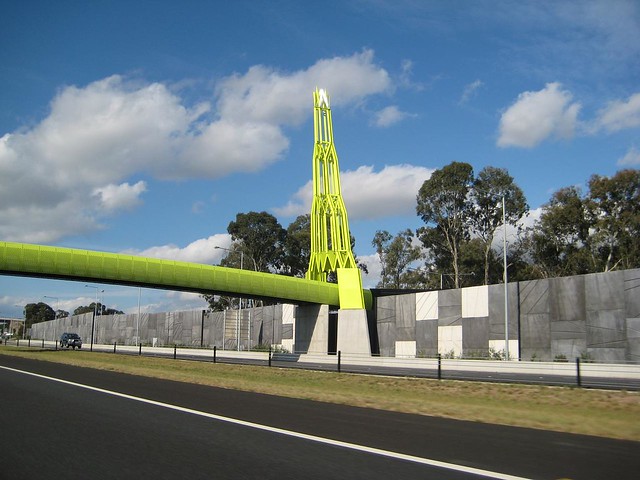-
1
- #121
Ingenuity said:About 23 MPa, in 'gods' units!
cubits?
Follow along with the video below to see how to install our site as a web app on your home screen.
Note: This feature may not be available in some browsers.
Ingenuity said:About 23 MPa, in 'gods' units!
KootK said:BTW, does anyone know where KootK has been? I'd be interested in his perspective.
structuralengr89 said:Please tell me this article is fake:
LittleInch said:Am I the only one who is concerned about the mismatch of diagonal supports? The members 2,4,6,8 and 10 all point more or less the same angle one way resisted only by nos 11 and 9 pointing the other.
Does this not induce a force which is essentially trying to push the top section to the right (North end) heaping even more misery on the no 11 support? (see Ingenuities diagram on 18 mar 20:55). Also this is where the initial collapse was focused, but may have been due to other issues.
LittleInch said:Certainly fiddling about with the PT bars in that overworked no 11 strut was clearly not a good idea, but is this simply a flawed design from the get go?
3DDave said:8 months is very little to ask
mibro said:the asymmetric design of the truss, executed in service of making the bridge look like a cable-stayed structure
Tomfh said:That's the strangest part of all this. The bridge was a intended to be fake. Decorative tower and cable stays?! What a bizarre concept.
Tomfh said:That's the strangest part of all this. The bridge was a intended to be fake. Decorative tower and cable stays?! What a bizarre concept.

Forgetting the basics of pinned vs fixed seems surprisingly common in my observations. I'd hope it isn't common in bridge design but in more simple structure people seem to get lazy.Archie264 said:Yep, and it would have been able to be built out on a cantilever basis. Maybe shut down a lane or two over time, depending on the sequencing. Or, alternatively, use a steel truss for their accelerated construction concept.
Speaking generally, the default mode of concrete joints is fixed while the default mode of steel joints is pinned. Each can be made to do the other, but only deliberately and with (sometimes) great effort. Meanwhile my statics textbook, with one of this firm's (or it's predecessor's) bridges on the cover, tells me that a truss has pinned joints, by definition. Someone forgot the basics.
